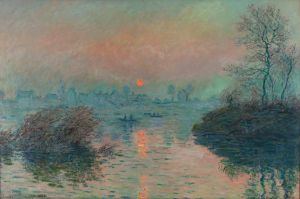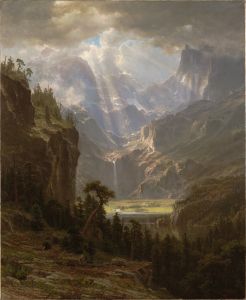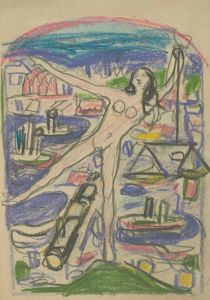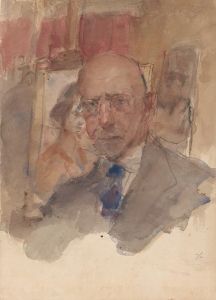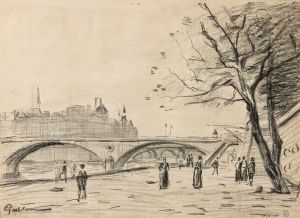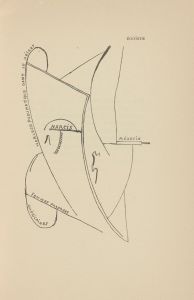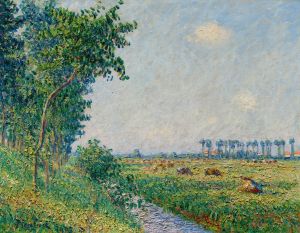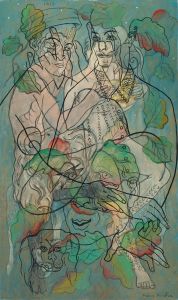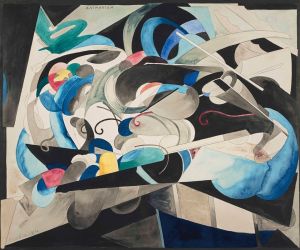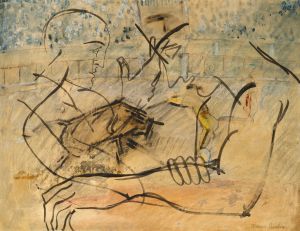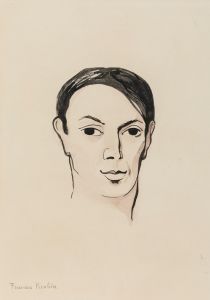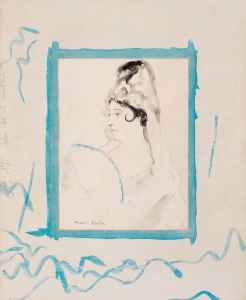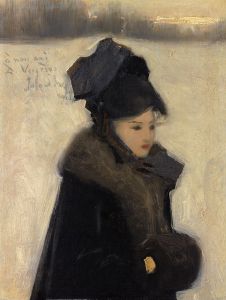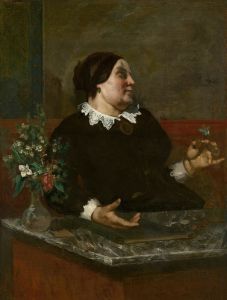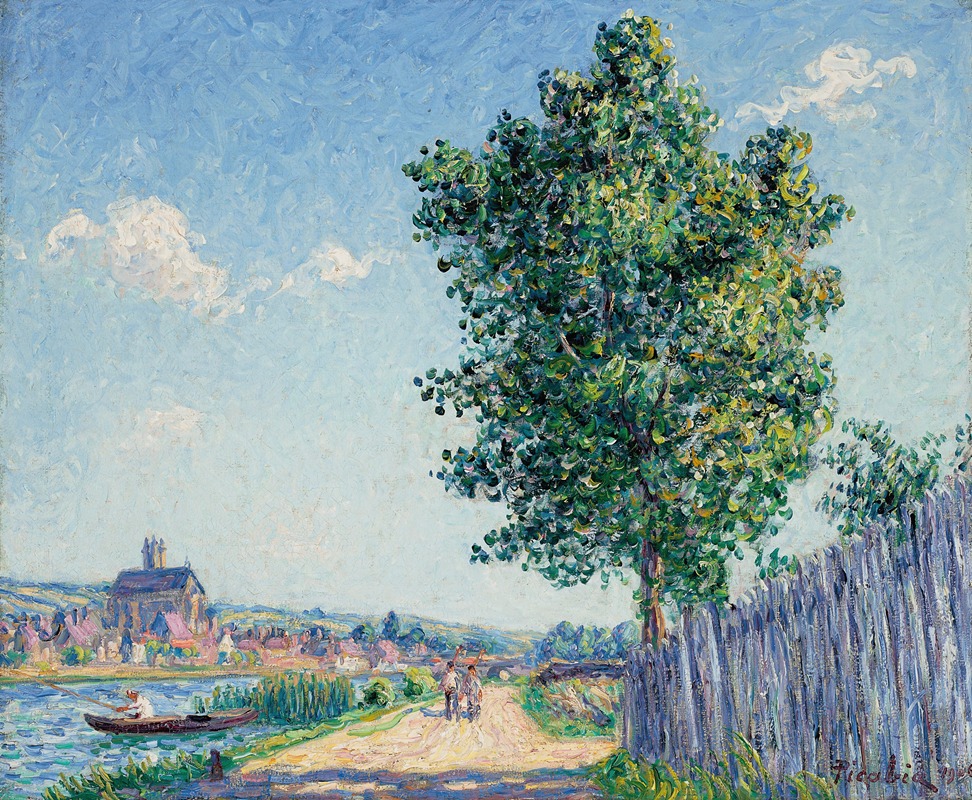
Le peuplier, effet de soleil, Villeneuve-sur-Yonne
A hand-painted replica of Francis Picabia’s masterpiece Le peuplier, effet de soleil, Villeneuve-sur-Yonne, meticulously crafted by professional artists to capture the true essence of the original. Each piece is created with museum-quality canvas and rare mineral pigments, carefully painted by experienced artists with delicate brushstrokes and rich, layered colors to perfectly recreate the texture of the original artwork. Unlike machine-printed reproductions, this hand-painted version brings the painting to life, infused with the artist’s emotions and skill in every stroke. Whether for personal collection or home decoration, it instantly elevates the artistic atmosphere of any space.
Francis Picabia, a French avant-garde painter, is known for his diverse artistic styles and contributions to various art movements, including Impressionism, Cubism, Dada, and Surrealism. One of his works, "Le peuplier, effet de soleil, Villeneuve-sur-Yonne," reflects his early engagement with Impressionism, a movement characterized by its focus on capturing light and natural scenes with loose brushwork and vibrant colors.
"Le peuplier, effet de soleil, Villeneuve-sur-Yonne" translates to "The Poplar, Sun Effect, Villeneuve-sur-Yonne." This painting was created during a period when Picabia was exploring Impressionist techniques, likely influenced by the works of Claude Monet and other Impressionist painters. The painting depicts a landscape scene featuring a poplar tree, a common subject in Impressionist art due to its elegant form and the way it interacts with light and shadow.
Villeneuve-sur-Yonne, a commune in the Yonne department in Bourgogne-Franche-Comté in north-central France, provides the setting for this painting. The region's picturesque landscapes and natural beauty have inspired many artists over the years. In this work, Picabia captures the effects of sunlight on the poplar tree, emphasizing the play of light and shadow, a hallmark of Impressionist painting.
Picabia's brushwork in this painting is likely loose and fluid, capturing the transient effects of light and atmosphere. The use of color would be vibrant, with an emphasis on capturing the natural hues of the landscape under the influence of sunlight. This approach aligns with the Impressionist focus on depicting the sensory effects of a scene rather than a detailed, realistic representation.
During the time Picabia created "Le peuplier, effet de soleil, Villeneuve-sur-Yonne," he was still developing his artistic voice. His early works, including this painting, show a strong connection to Impressionism before he moved on to experiment with other styles and movements. This period was crucial in shaping his understanding of color, light, and composition, elements that he would continue to explore and deconstruct in his later works.
Picabia's journey through various art movements reflects his restless creativity and desire to push the boundaries of traditional art. While "Le peuplier, effet de soleil, Villeneuve-sur-Yonne" may not be as widely recognized as some of his later works, it represents an important phase in his artistic development. It offers insight into his early influences and the foundational techniques that would inform his more radical experiments in Cubism, Dada, and beyond.
Overall, "Le peuplier, effet de soleil, Villeneuve-sur-Yonne" is a testament to Picabia's versatility and his ability to capture the ephemeral beauty of nature through the lens of Impressionism. This painting not only highlights his technical skill but also his capacity to convey the emotional resonance of a landscape bathed in sunlight. As with many of Picabia's works, it invites viewers to appreciate the interplay of light and color, encouraging a deeper appreciation for the fleeting moments of beauty in the natural world.





